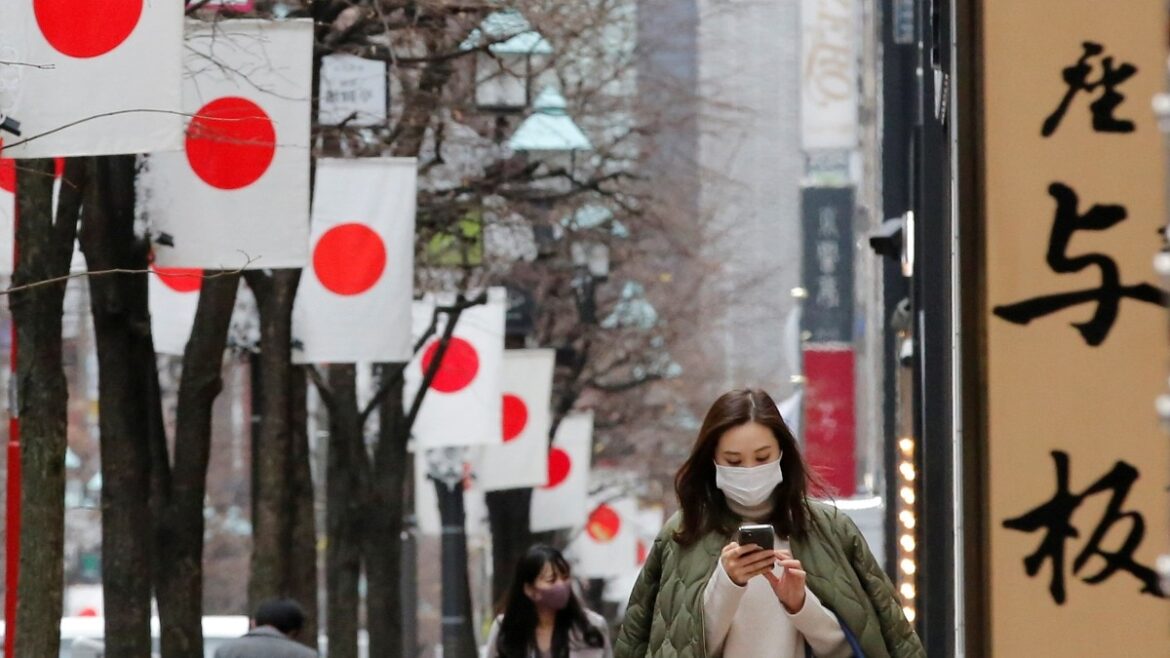Travelling to Japan in 2026 could get more expensive. The Japanese government plans to raise its international departure tax and increase visa application fees for foreign visitors, the first major revision since 1978. The move, officials say, will help fund airport upgrades, enhance security screening, and support new social policies, including free high school tuition.
According to reports from The Nikkei and Asahi Shimbun, the new tax structure will take effect in 2026, with revenues directed toward improving travel infrastructure and easing the strain of Japan’s record-breaking tourism boom. Japanese citizens will continue to pay the departure tax, though the government is considering lowering passport application and renewal fees to offset the cost for locals.
Departure tax and visa fees under review
Japan’s international departure tax, introduced in 2019 at a flat ¥1,000 (₹575), applies to all passengers leaving the country, primarily by air. Authorities are now considering aligning this fee with “international standards,” such as Germany’s departure charges, which range from ₹1,600 to ₹7,000 depending on destination.
Visa fees are also set for an overhaul. Currently, a single-entry visa costs about ¥3,000 (₹1,725) and a multiple-entry visa about ¥6,000 (₹3,450). If adjusted to match other developed nations, such as the UK (£127 / ₹13,400) or the EU (€90 / ₹8,100) for a Schengen visa, travellers could face a sharp increase.
In addition, Japan plans to introduce the Japan Electronic System for Travel Authorisation (JESTA) by 2028, mirroring the EU’s ETIAS model. The system will apply to travellers from visa-waiver countries and is expected to carry an additional charge of around ¥6,000 (₹3,450).
Why Japan is raising travel fees
Officials say the revision is long overdue. Japan’s visa and departure fees have remained unchanged for nearly half a century, even as the country faces growing fiscal demands. The government has struggled to fund the ¥2.25 trillion (₹1.29 lakh crore) program that would extend free high school tuition to all students, including those in private institutions.
By increasing fees paid mainly by foreign travellers, Japan hopes to secure new revenue without burdening domestic taxpayers. But the decision also reflects deeper concerns over overtourism, which has strained local infrastructure and sparked frustration in tourist-heavy regions.
Managing overtourism
Japan welcomed a record 31.6 million international visitors between January and September this year, surpassing pre-pandemic highs. In response, regional governments are implementing targeted levies to manage the impact.
Kyoto, one of Japan’s most visited cities, will introduce a tiered accommodation tax next year, its first rate hike since 2018. Visitors staying in luxury hotels could pay up to ¥10,000 (₹5,750) per night, while budget travellers will be charged around ¥200 (₹115). The city expects to more than double its annual accommodation tax revenue from ₹290 crore to ₹650 crore.
Tourism expert Nicholas Smith told Euronews that such measures are “not meant to discourage travel but to reinvest in what makes cities attractive, cultural preservation, public transport, cleanliness and visitor management.”
A political and cultural shift
The fee hike debate has intensified under Japan’s new prime minister, Sanae Takaichi, the country’s first female leader. Known for her hardline conservative stance, Takaichi has framed overtourism as both an economic and cultural challenge.
In a recent campaign video, she claimed that “foreign tourists had been kicking the famous deer at Nara Park,” echoing growing anti-tourist sentiment seen across parts of Europe.
With higher travel fees and new entry requirements, Japan appears to be entering a new phase in its tourism strategy, one focused on quality, sustainability, and accountability over sheer visitor numbers.


AloJapan.com